Este site usa cookies para que possamos oferecer a melhor experiência de usuário possível. As informações dos cookies são armazenadas em seu navegador e desempenham funções como reconhecê-lo quando você retorna ao nosso site e ajudar nossa equipe a entender quais seções do site você considera mais interessantes e úteis.
Progression
CUB SCOUTS
When accepting Mowgli’s invitation, you will have to go with him along the Jungle Path. Along the way, you will traverse five trails:
- Integration Trail: When you complete the Integration Trail, it is a sign that you are ready for the Integration Ceremony and to make take Cub Scout Promise. The “Old Wolves” will prepare a special moment to introduce you and your family to the entire Scout group. In this ceremony you will receive the Scout neckerchief and a few badges to sew on your shirt.
- Discovery Trail: To earn the Jumping Wolf badge, you need to do at least half of the activities proposed in your guide/app.
- Tracking Trail: To earn the Tracker Wolf Tracker badge, you need to do the remaining activities, and thus complete 100% of the activities.
- Hunting Path: To earn the Hunter Wolf badge, you must perform half the activities of in this block.
- Trail of the Stars: Afterwards, you must do the remaining activities of the block to earn the ALPHA star. Your next goal is the BETA star: to earn it, you must participate in three campouts or cantonments with your Pack. To earn the DELTA star: the Cub Scout must conquer five skill or performance badges from three different branches of knowledge. For the GAMA star, you must earn at least one of the Cub Scout section’s Special Interest Insignia: World Environmental Insignia, Good Deed Insignia, Lusophone Insignia, Southern Cone Insignia, or the Learning Insignia. these are all special interest badges you want to earn, so let’s go! To earn the EPSILON star, the Cub Scout needs to be recommended by the “Old Wolves” and the Council Rock for being a dedicated Cub Scout, attend the Pack’s activities and fulfill the Cub Scout Promise and Law. When you have earned all five stars, you will receive the Southern Cross, the last and most important badge of your Personal Progression as a Cub Scout.
Remember, you can always count on “Old Wolves”. They will tell you what activities you need to do.
SCOUTS
Every Scout likes to experience a good adventure with his friends, doesn’t he?! But it is also linked to your Personal Progression.
Our “personal progression” is the path chosen for us to make progress. It is a reference that lets you know what you have learned, what things you still need to learn, and how much you have grown and developed.
In the Scout Movement one learns in many ways:
- Participating in diverse Activities;
- In group activities;
- In activities both inside and outside the Movement;
- Doing things on a day-to-day basis, not by taking tests;
- Performing activities successfully, but also when those activities do not occur as planned.
We register what we learn our learning with Progression Badges, of which there are four: Tracks, Trail, Course and Crossing, which is completed with the Golden Fleur-de-lis Award. Your Scout leader will let you know which progression badge you will receive after your “Introductory Period.”
- The “Introductory Period”: As one of your first tasks when joining the troop, you must accomplish a set of items that will allow for your integration into the Scout Movement. At the end of the Introductory Period you will go through the Integration Ceremony (if you are not already a member of the Group). In it you will receive your Scout Group neckerchief and your first Progression Badge. At this point you will also be able to do your Promise Ceremony and receive your Promise Badge. If you do not feel ready and want to wait a little longer, talk to your Scout leader.
- If your first progression badge received is the Tracks badge: To earn the Trail badge, you need to perform half the activities offered for Tracks and Trails.
- If you have received the Trail badge: To earn the Course badge – do 100% of the activities offered for Tracks and Trails.
- If you have received the Course badge: You must complete half of the activities offered for Course and Crossing, so you can receive the Crossing badge.
- Completing all the activities offered for Course and Crossing, you will earn the Crossing.
And before you are ready to make your transition to the Senior Scout, how about earning the Golden Fleur-de-lis Scout Award?
You also have the opportunity to earn many other badges:
- Such as the skills and proficiency badges;
- Special Interest Badges – World Environmental Insignia, Southern Cone Insignia, Lusophone Insignia, Community Action Insignia, Learning Insignia;
- Program Insignia – Explorer, Steward’s Assistant, Aviator;
- Shoulder cords – Green and Yellow, and Red and White;
Let’s go to the check list to be a Golden Fleur-de-lis Scout:
- You have completed all activities listed in the Scout Adventure Guide – Direction and Crossing;
- Have received the Red and White Shoulder Cord;
- Have received one of the following Special Interest Badges for the Scout section: World Environmental Insignia, Lusophone Insignia, Southern Cone Insignia, Community Action Insignia, or Learning Insignia.
- Have at least 10 nights of camping with your Scout Patrol or Troop.
- Have earned one of the Scout section Program Badges (Aviator, Steward’s Assistant or Explorer).
- Be especially recommended by Scout leaders and the Troop Court of Honor.
If you want to know more about personal progression, we recommend the “Scout Adventure” guides. There are two books, one for the Tracks and Trail stages and another for Course and Crossing. In them you will find all the information necessary for your progression. Oh, and there is one more detail: If you’re part of an Air or Sea troop, you will have an extra set of activities to complete, which is specific to your Program and is listed in the final part of each guide.
Many of the activities proposed in the guides can also be considered when completing requirements of various skill and proficiency badges. Check out Skill and Proficiency Badges on our website and chat with your Scout leader.
SENIOR SCOUTS
The Senior Scout or Guide is the one who faces challenges responsibly with friends, all the while still worrying about his or her Personal Progression.
Participation in activities and projects not only can be fun, it also helps us learn about various topics of interest to us and to make progress.
Personal Progression is a reference that allows you to know what you have learned, what things you should still learn, and how much you have grown and developed.
In the Scout Movement one learns in many ways:
- For participation in various activities and projects;
- Interacting with other people;
- With activities inside and outside the Movement;
- Doing things on a day-to-day and not taking tests;
- Performing activities and projects successfully, but also when activities and projects do not happen exactly as we planned;
We track our learning using progression badges, which are Climbing, Conquest, and Azimuth. Your Scout leader will let you know which progression badge you will receive after your “Introductory Period.”
Introductory Period: When you join the Senior/Guide Troop, the first step of your personal progression is the Introductory Period, in which you will accomplish a set of items that will allow you to integrate more quickly and efficiently. At the end of the introductory period, an Integration Ceremony will take place and you will receive your first progression badge in addition to the Scout Group neckerchief. If you came from the Scout Troop, you will not be given the neckerchief because you will have already received while in that section.
The Senior Scout Personal Progression steps are Climbing, Conquest, and Azimuth:
- If you have received the Climbing badge: To receive the Conquest badge, you must perform 1/3 of the activities offered, i.e. 25 activities.
- If you have received the Conquest badge: And wish to receive the Azimuth badge, you must perform another third of the activities offered, or 25 more activities.
- By completing all activities, you earn the Azimuth badge.
And before you are ready to make your transition to the Pioneer Branch, how about earning the Homeland Scout Award?!
In addition to the steps listed above, you also have the opportunity to earn other badges such as:
- Skill and proficiency badges;
- Special Interest Badges – World Environment Insignia, Southern Cone Insignia, Lusophone Insignia, Community Challenge Insignia, Learning Insignia;
- Efficiency Shoulder Cords – Senior Challenge Shoulder Cord and Golden Shoulder Cord;
- Program Insignia – Aeronaut, Naval or Bushcraft.
Let’s go to the check list for becoming a Homeland Scout:
- Have completed all the activities for the Azimuth badge;
- Have earned the Golden Shoulder Cord;
- Have one of the following Senior Scout Special Interest Badges: World Environmental Insignia, Lusophone Insignia, Southern Cone Insignia, Community Challenge Insignia or Learning Insignia.
- Have at least 10 nights of camping, as a Senior, with your Patrol or Troop.
- Have one of the Senior Scouts Program Insignias (Aeronaut, Naval or Bushcraft).
- Be especially recommended by Scout leaders and the Troop Court of Honor.
If you want to learn more about Personal Progression, we recommend that you refer to the “Senior Challenge Guide”, a book where you can find all the information you need to make progress. Oh, and there is one more detail: If you are part of an Air Or Sea Program Troop, you will have an extra set of activities to complete, which is specific to your program, and is included in the final part of each guide.
Many of the activities proposed in the guides can also be considered when completing requirements of various skill and proficiency badges. Check out Skill and Proficiency Badges on our website and chat with your Scout leader.
ROVER SCOUTS
The Rover finds ways and means that open routes by practicing service to others in order to build a better world, without forgetting their Personal Progression.
Personal Progression, the entry into the adult world, is to make decisions and be responsible for them. That is what a Pioneer Scout’s Personal Progression is all about.
In the Scout Movement one learns in many ways:
- Participating in various projects and activities;
- Through the projects and activities, we carry out inside and outside the Movement;
- Adapting skills and activities;
- Self-assessment of your own advancement;
The Progression System was created as follows:
- A young person coming from Senior Scouts can enter the section. Usually, in this case, he or she is between 17 and 18 years of age. But those over 18 years of age who do not come from the Senior Troop may also join;
- All people enter the Pioneer Clan in an INTRODUCTORY PERIOD: Young people must complete a set of items that will contribute to their integration and settling into the Rover Clan; Whether you were a Senior Scout or not, you must complete the activities. At the end of the Introductory Period, they will participate in the Integration Ceremony, during which they will receive the Scout Group neckerchief (if they are not already a member of the Group) and their first progression badge. It is recommended that at the same time they take make their Promise, after which they will receive their Promise badge.
- To move from the Commitment progression level to Citizenship level, you must have completed 50% of the activities proposed in your Rover Project Guide, participate in an ongoing project and elaborate your Personal Development Plan (Life Project).
- To progress from Citizenship to the B-P Insignia award, you must complete 100% of the activities in the Pioneer Project Guide, elaborate and execute a relevant project (Life Project) and review your Personal Development Plan.
Important points for the earning the B-P Insignia:
For the Rovers have been especially recommended by the Rover Masters and the Clan Council, and who:
- Have carried out 100% of the activities in the Rover Project Guide;
- Have reviewed their Personal Development Plan (Life Project);
- Have prepared and executed a personal project, of relevance, lasting at least four months, of their free choice, the content of which is approved by the Clan Administrative Commission, and which should cover the following aspects:
-
- Its content meets one of the priority areas: Service, Nature, Work or Travel;
- Choice of idea;
- Planning and programming;
- Organization;
- Coordination;
- Execution;
- Evaluation;
- Report.
In addition to the progression badges and B-P Insignia, the Pioneer Branch also has three more insignia:
- Southern Cone Insignia;
- Lusophone Insignia;
- Learning Insignia.
If you want to learn more about Personal Progression, we recommend that you refer to the “Rover Project Guide”, where you can find all the information you need to make progress.

About Us
Brazil Brazil’s first report on the Scout Movement was in December 1909, in a publication of the…

Life Cycle
Adult Management Model Brazilian Scouting’s adult management model places emphasis on the adult leaders’ life cycle. The…
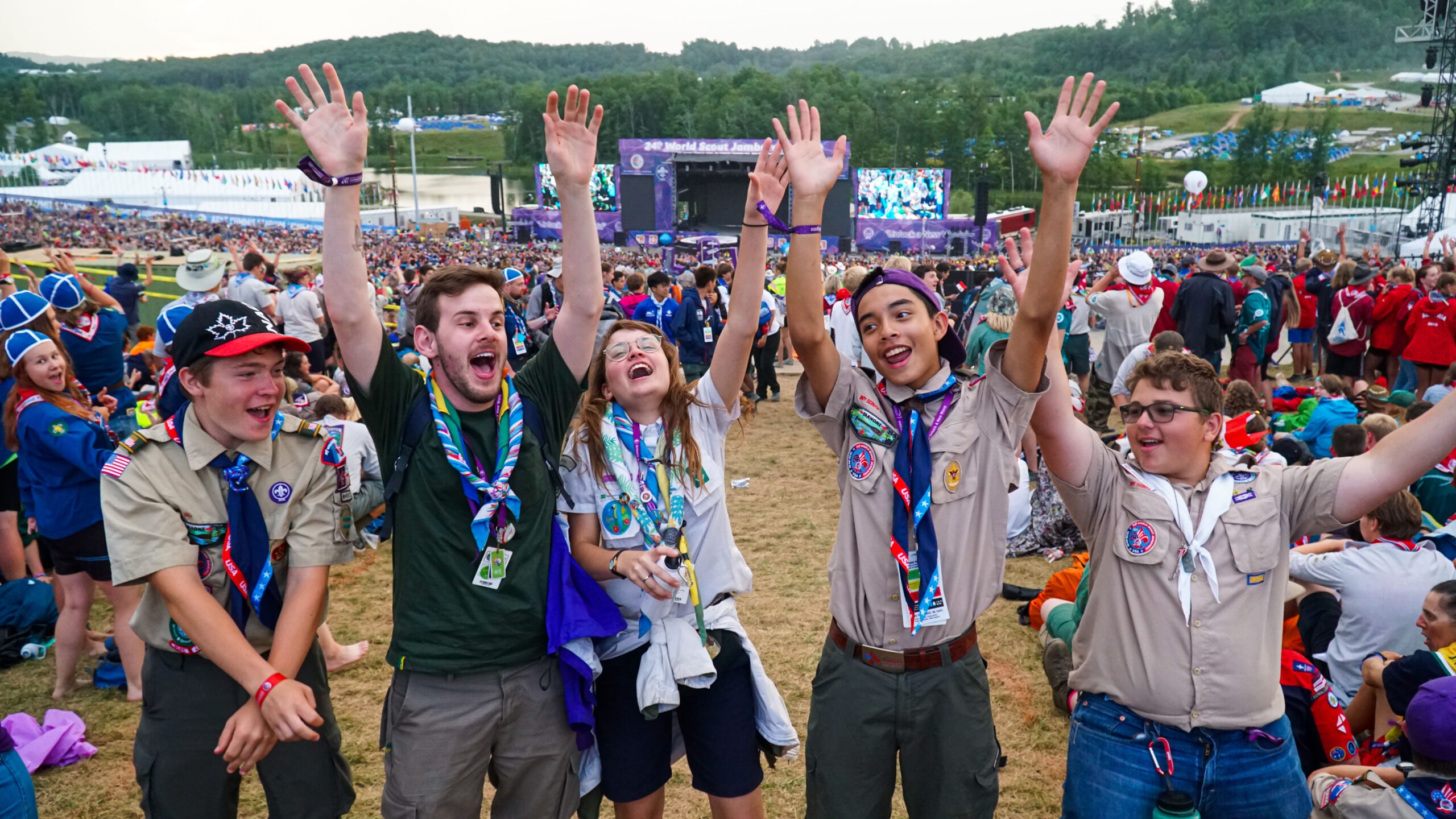
Rover Scouts
Rover Scouts From the age of 18, and up to our twenty-first birthday, we are part of…
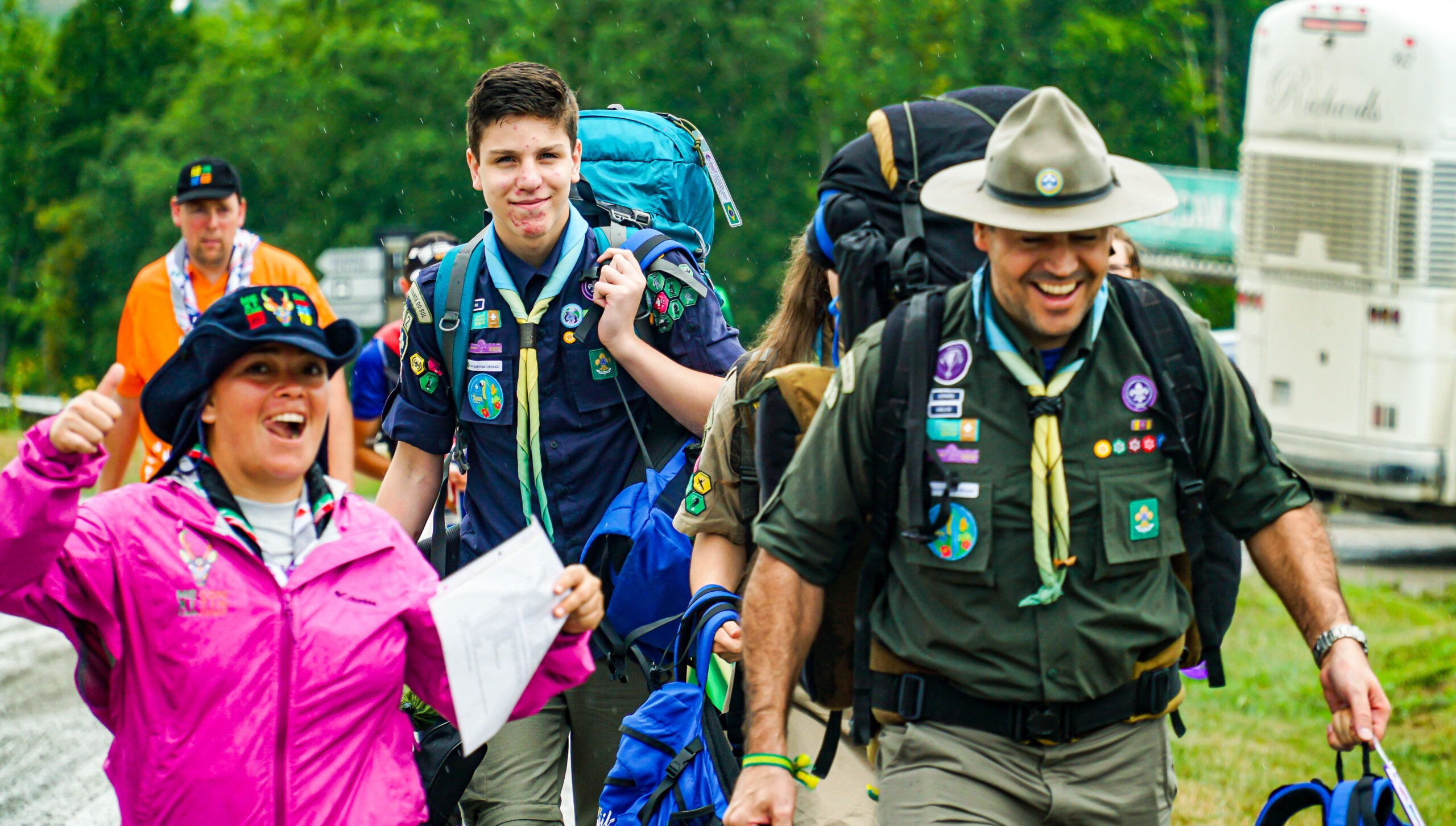
Scout Leader
Scout Leader Scout leaders are the volunteers who work directly with young people. They are the link…
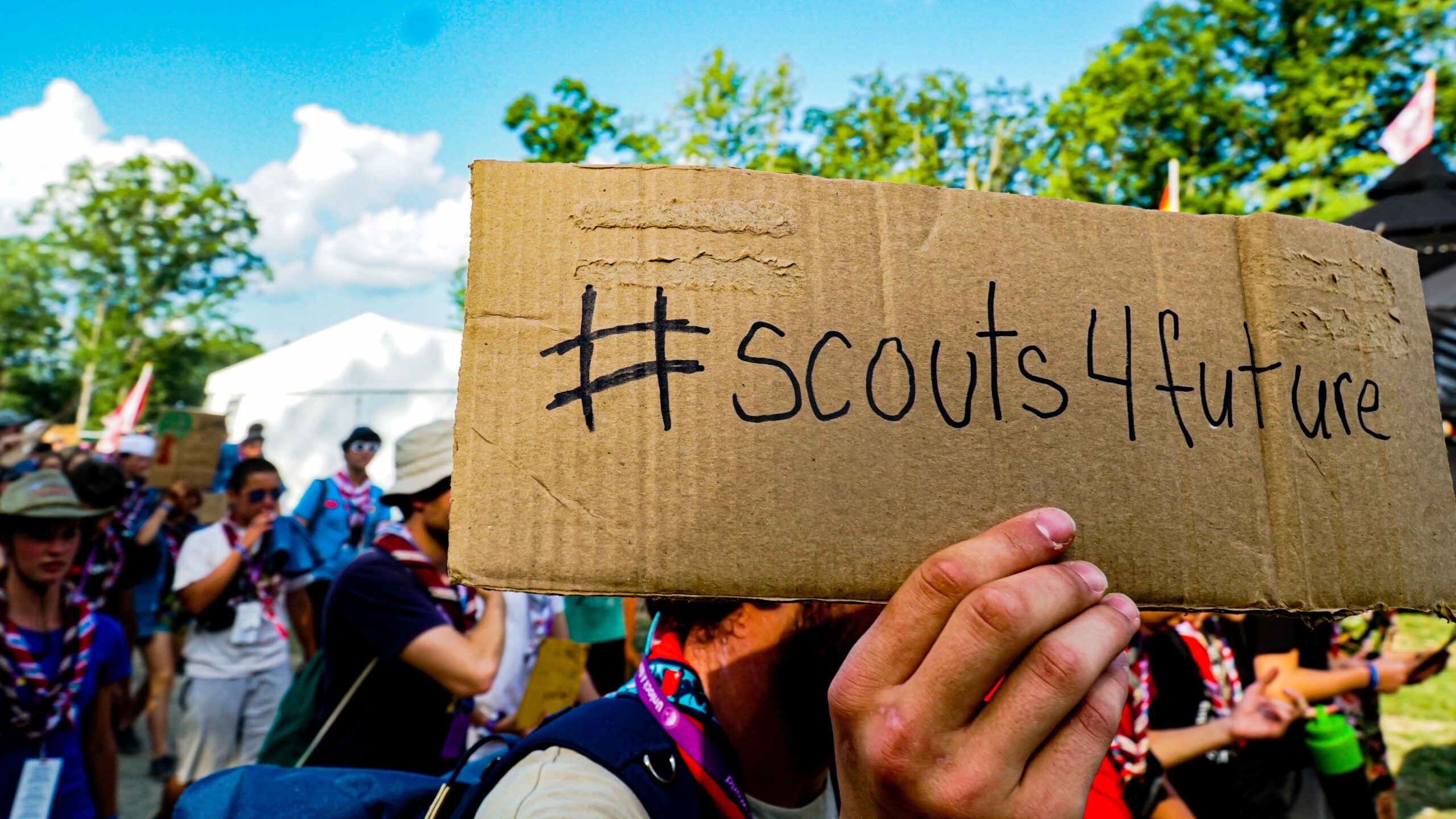
Scout Method
Scout Method Scouting’s educational approach is implemented through the Scout Method, an original educational system that promotes…
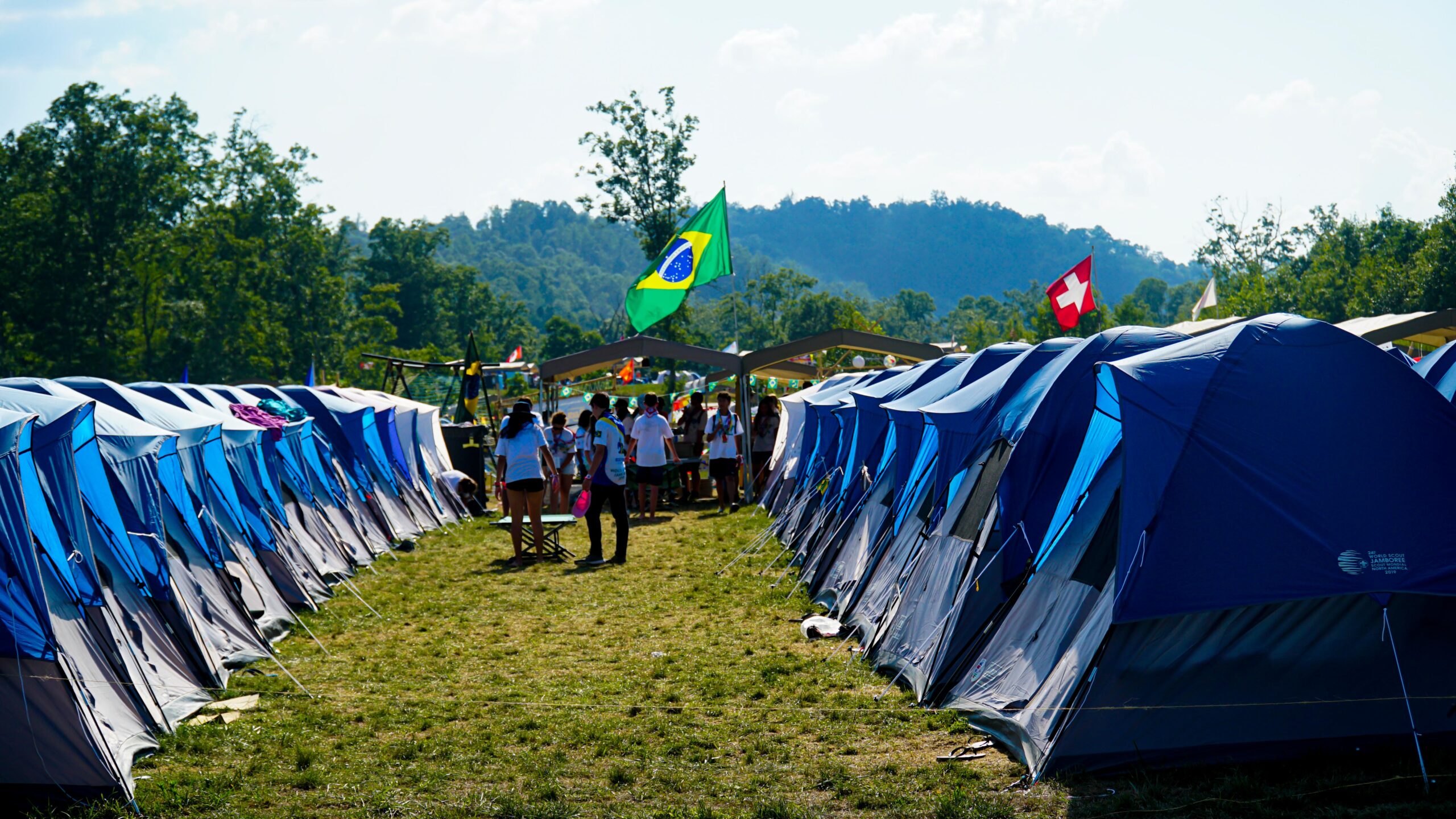
Scouts
Scout Branch Between 11 and 14 years of age we belong to the Scout section. We are…
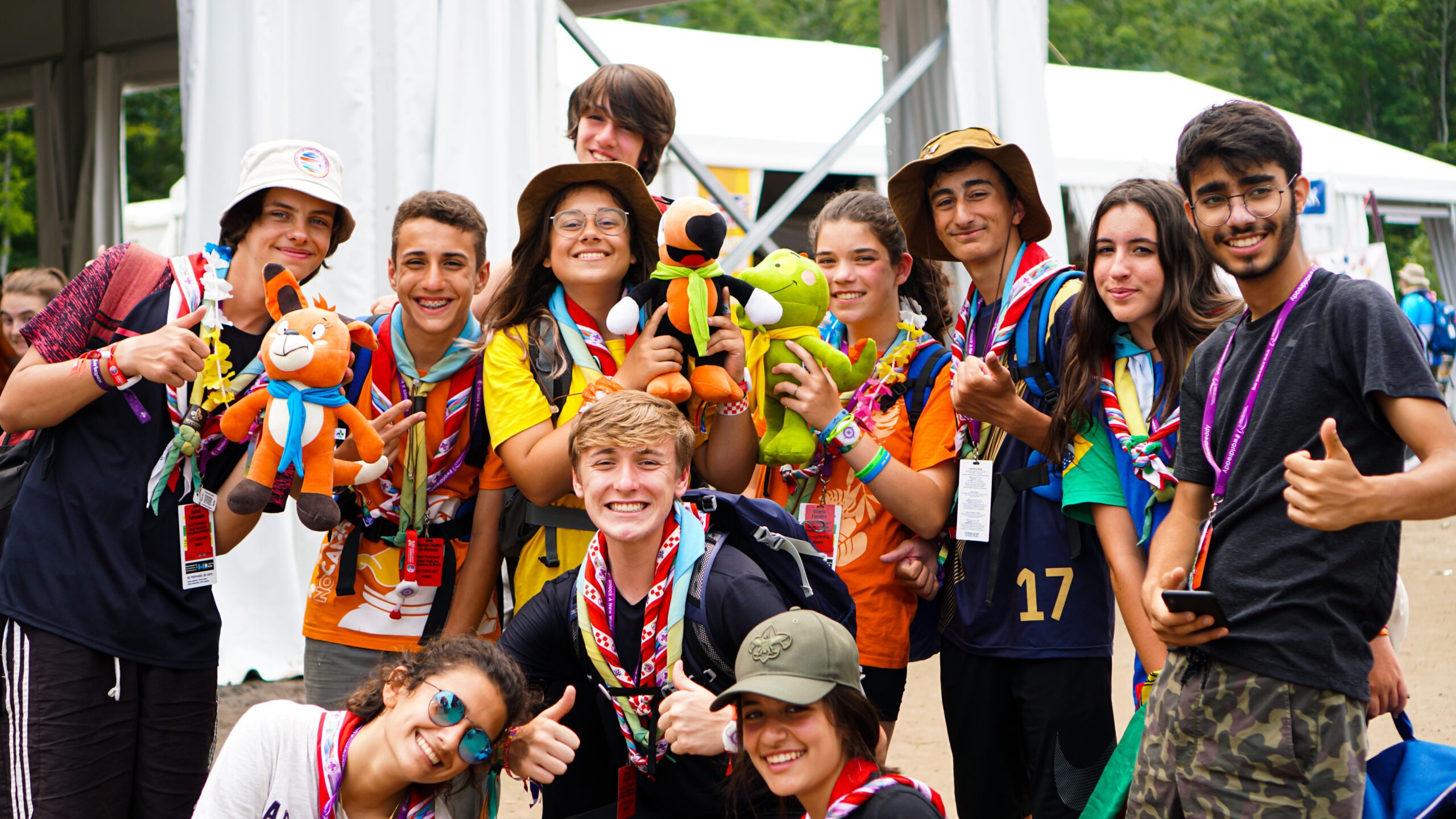
Senior Scouts
Senior Scouts The Senior Scouts are made up of young people between 15 and 17 years old.…
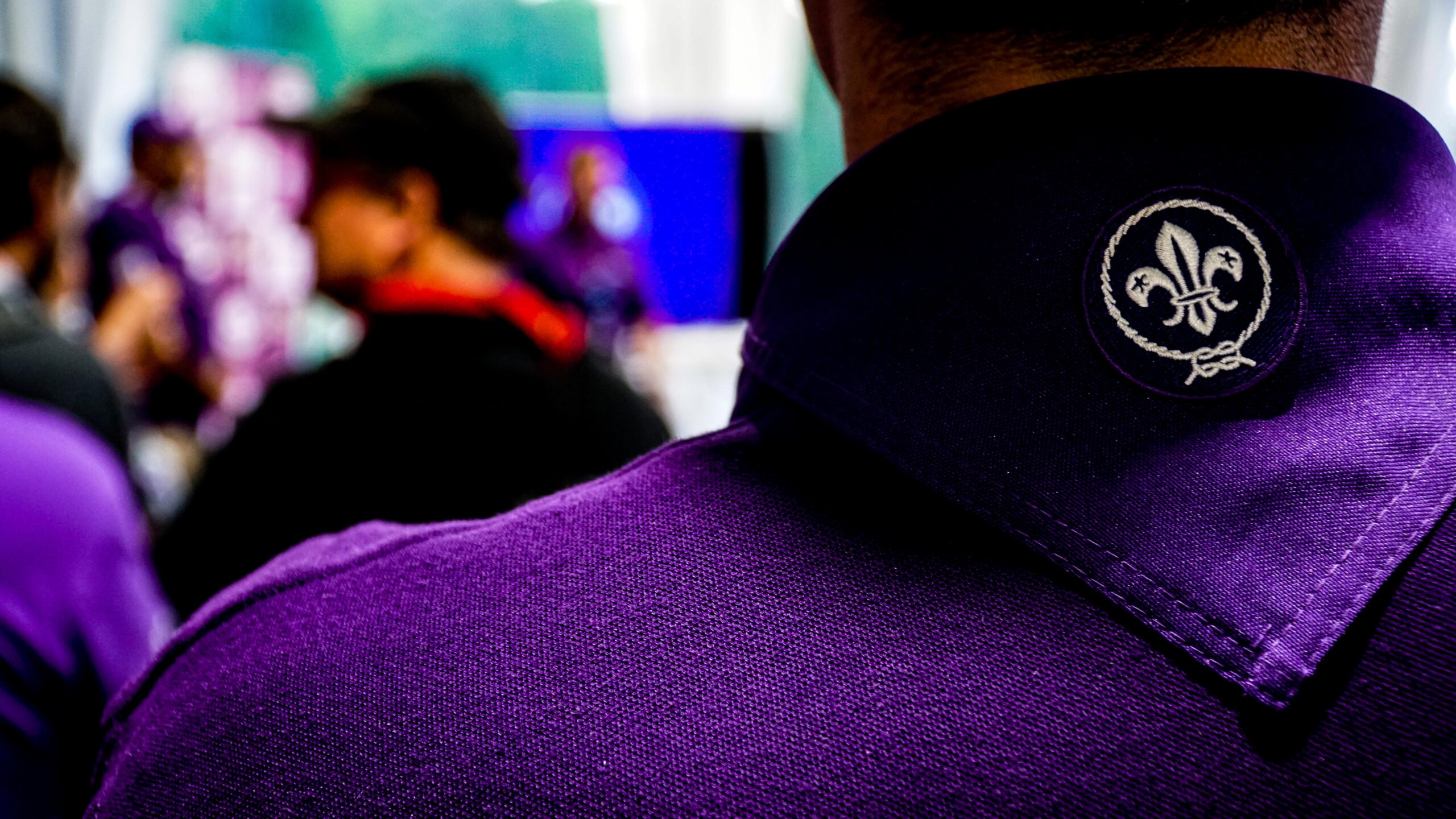
Administrative Scout Leader
Administrative Scout Leader Institutional administrative leaders are the adults responsible for running the institution at all levels…
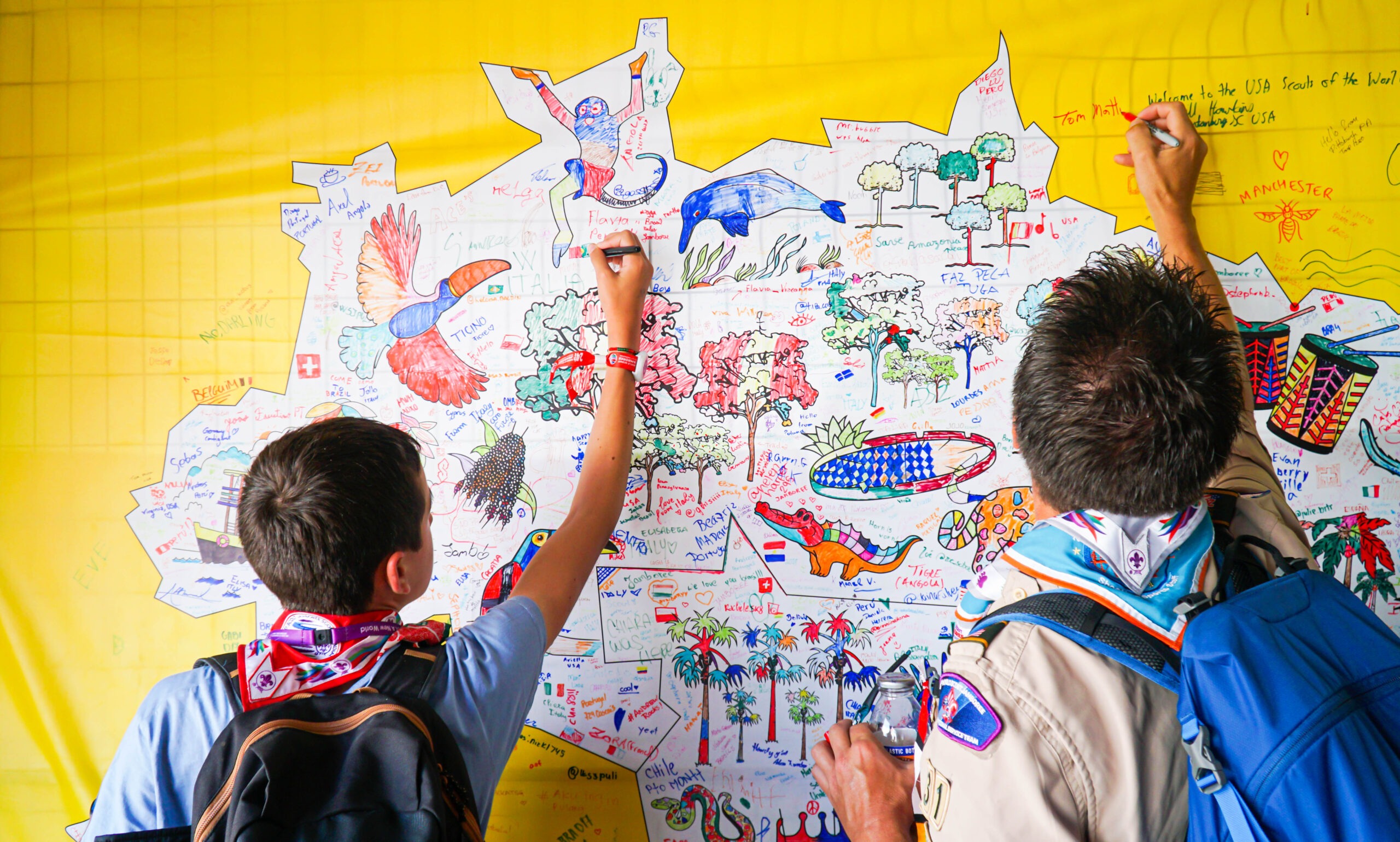
Cub Scouts
Between 6.5 and 10 years of age, we are wolf cubs. We learn lot about life in…
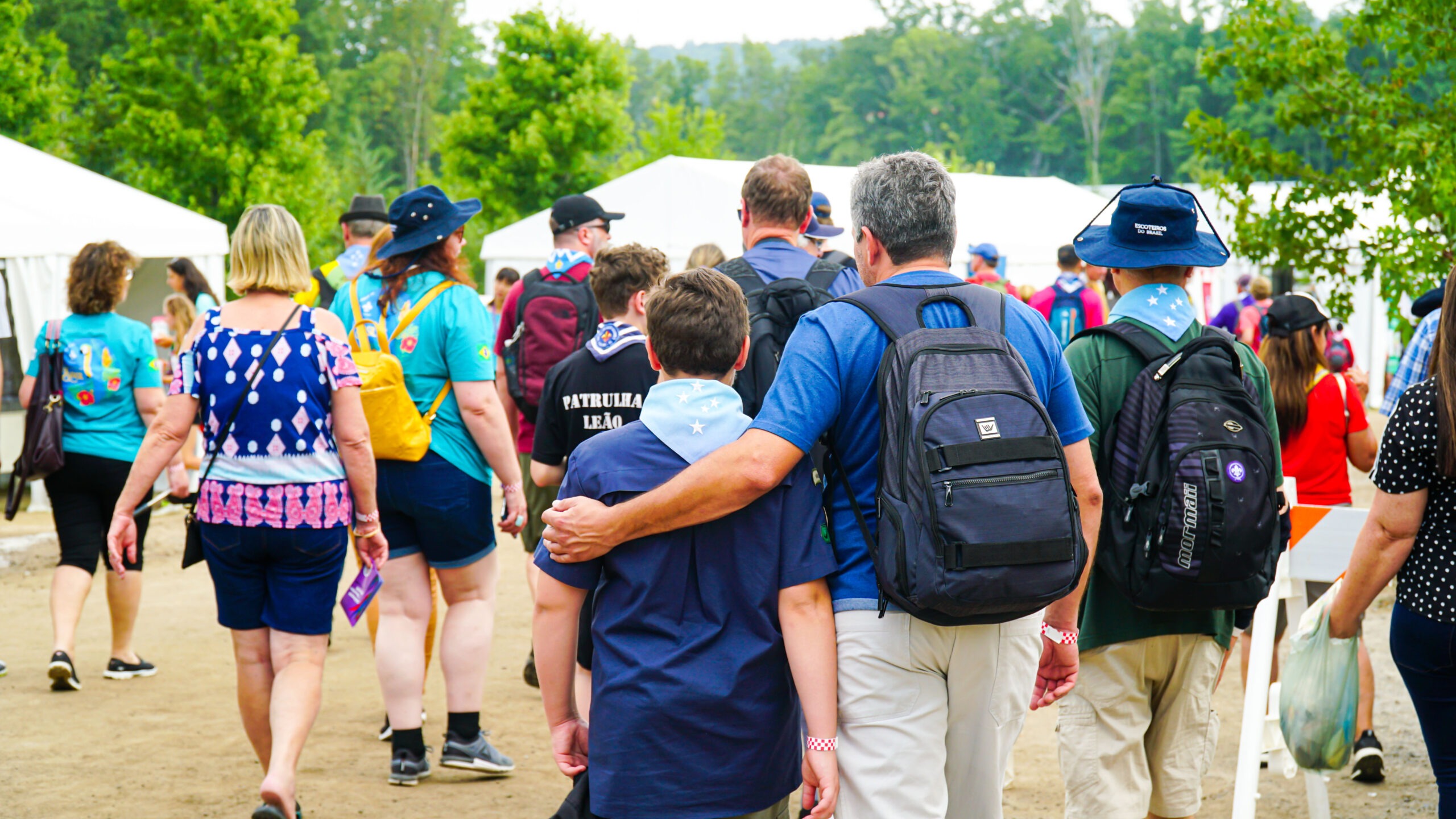
Education For Life
Education for Life We understand that educating for life is to reaffirm our humanistic view of education,…
Procure um Grupo Escoteiro



